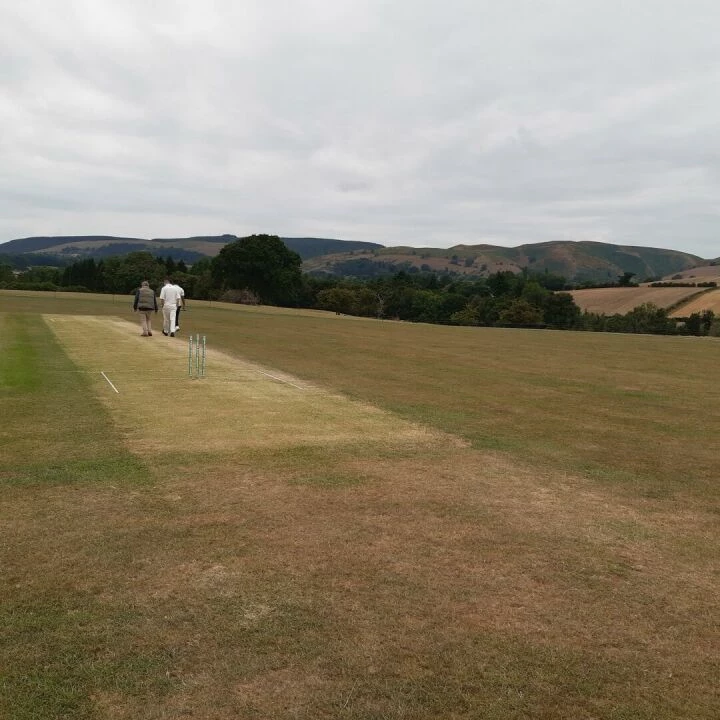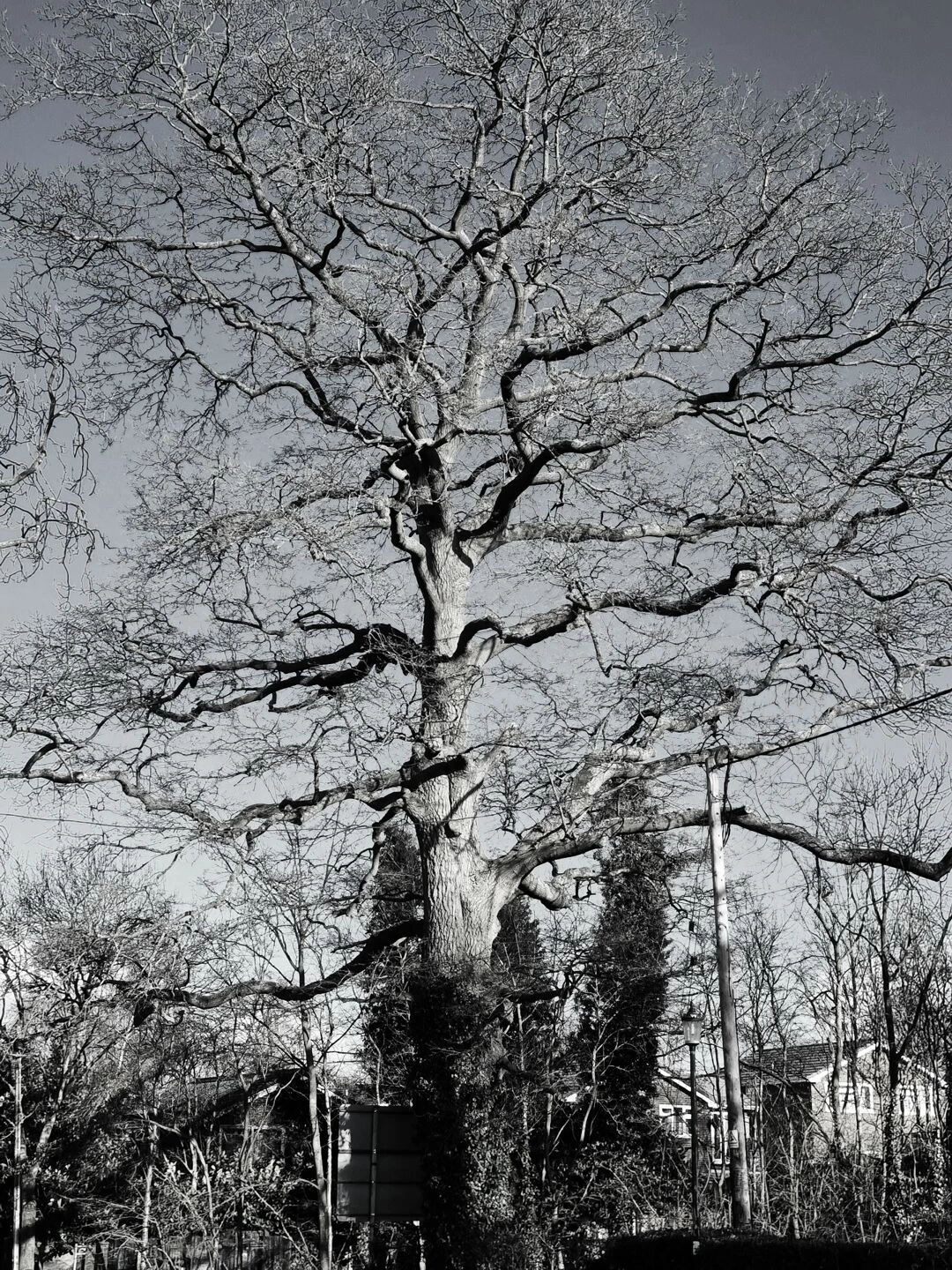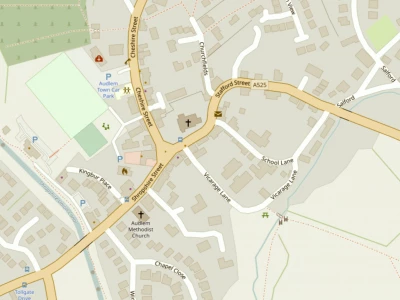







Life in the grey by Adrian Leighton
It's another murky afternoon as I set off along the canal towpath. The prevailing colour is grey. A chill airflow, not exactly a wind, blows in my face. The water bubbling down the bywash at the locks looks cold. I quicken my pace to keep warm. As ever I try to keep my eyes open but nothing catches my attention, although the recently appearing snowdrops promise that Spring is round the corner.
So I peer afresh into the grey, promising myself that I must clean my glasses when I get home, and true enough something does hover into view. Fitting the gothic scene of gloom and discomfort, is the ghostly figure standing tall and dark with multiple arms with long spindly fingers. I stopped in my tracks and looked transfixed unable to move .
That's the scary bit over, for what I was looking at was an Oak Tree. At this time of year, with little else to distract, the Oak Tree looks awesome. Lacking its covering of leaves and with the hint of new buds, the filigree appearance of its branches and twigs presents a bare bones view of the mighty sentinel standing guard over the sleeping land. Except, of course, the land is not sleeping but a hive of activity preparing for a new season of growth.
In the soil the many recycling agents are hard at work turning last year's left overs to this year's banquet. Bacteria, invertibates, insects are all busy, busy.The superhighway of fungal mycellia speading out from plant to plant are active transporting the newly processed nutrients and speeding messages from plant to plant, tree to tree.. New technology has helped us to see into this hidden world of life, changing our understanding and respect for that world.
And the Oak tree – we only see a tiny part of its activity. Having lived on its stored resources since it cast off last years leaves, it is now doing a deal with its fungi partners for nutrients like Nitrogen and Phosphorus to feed the coming growing time. In return the tree promises the fungi the sugars it will produce through photosynthesis when the leaves return.
But when that happens, those very leaves will stand vulnerable to the army of larvae and caterpillars who will feed on the young leaves. However, all is not lost, for when a tree is attacked it will react – first by producing a nasty tasting substance called tannin. Through the Wood Wide Web of the fungal mycellia, it will send warnings to neighbouring trees to man the defenses and then it will call out the cavalry by send out chemical clouds of pheromones to attract the birds like Blue Tits who are waiting for this moment to raise their young families on the rich pickings of grubs..
Standing in solitary state, trees like the Oak, are really the hub for much plant, bird and animal life. They are the connecting points for so much more to thrive. When a tree, especially a well established tree, is cut down it effects not only the tree, A balance of life is disturbed and although new life will return eventually in its place, the loss is significant. The older the tree the more other organisms and creatures live in partnership with it. It is the older trees, already in decline, that house, feed and succour much more life than we can imagine.
So on that cold grey February day I stood in awe of this guardian of life – the Oak tree – and realising that even in the grey is life.
Get In Touch
AudlemOnline is powered by our active community.
Please send us your news and views using the button below:
Email: editor@audlem.org


